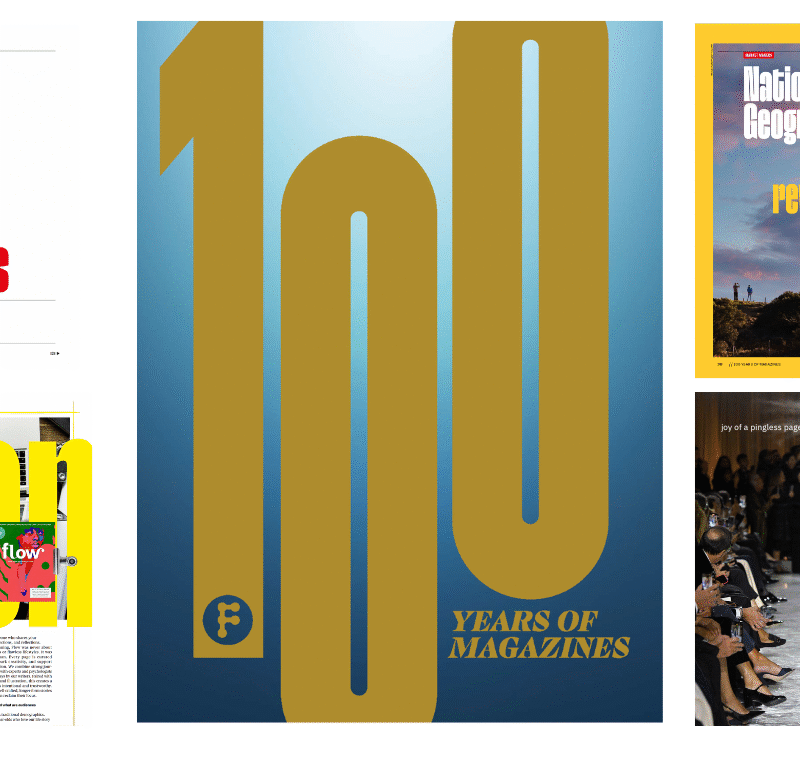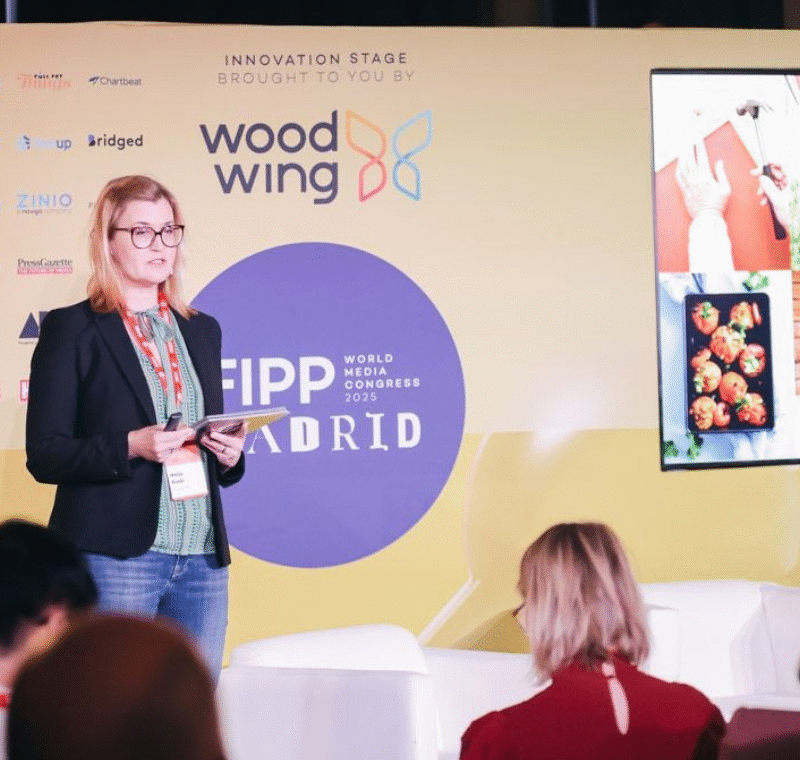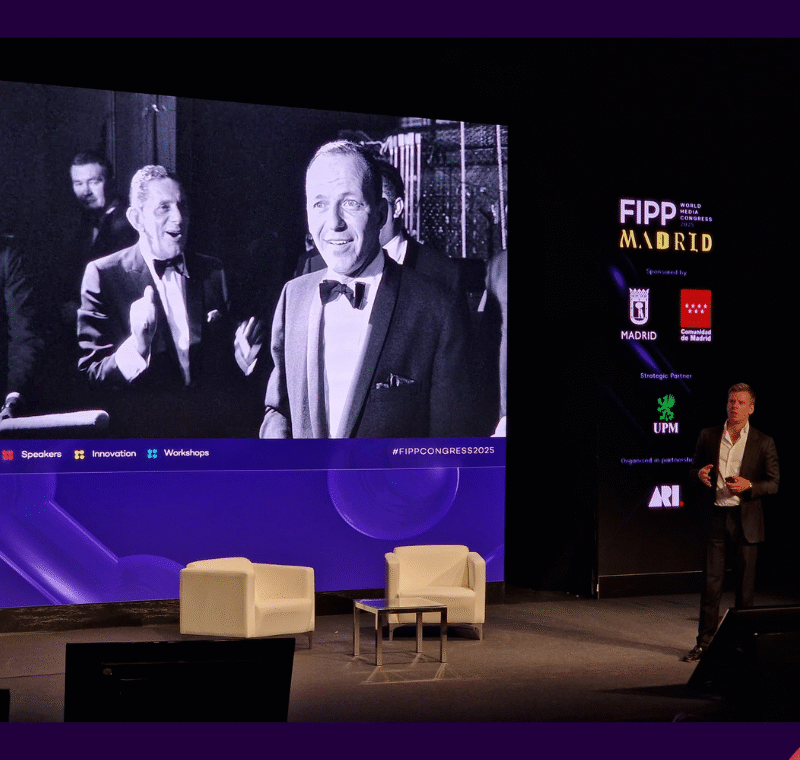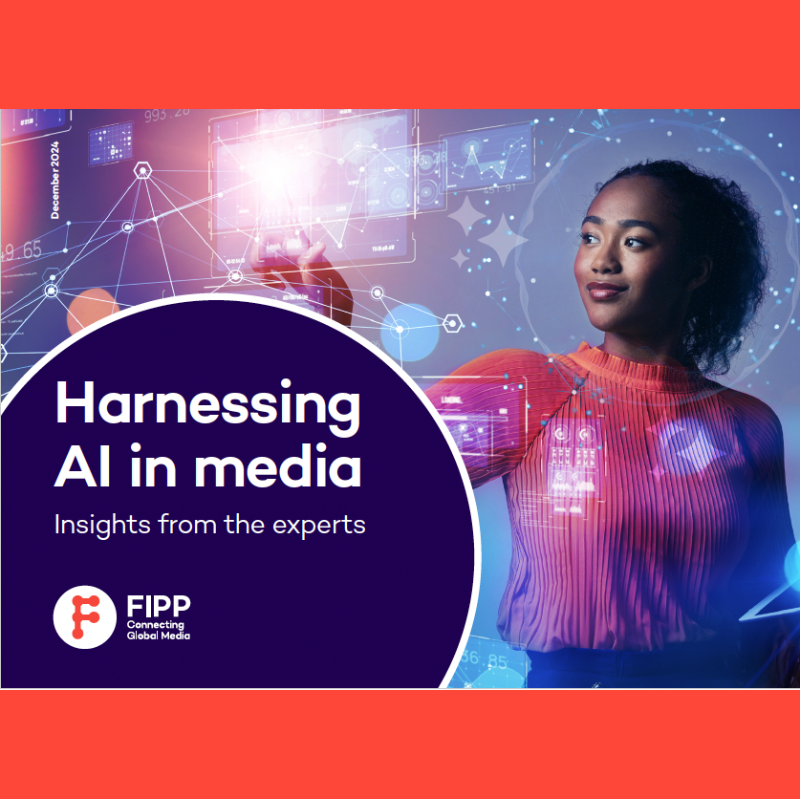Wessenden Marketing on newspapers and magazines, extreme revenue streams, and modern media distribution
At the DistriPress Congress Forum last month, Wessenden Marketing’s Jim Bilton guided speakers (and delegates) on a whistlestop tour through the print side of the industry. Examining everything from the diverging pathways of newspapers and magazines, to extreme revenue diversification strategies, and beyond to the rise of indie titles, the forum provided a comprehensive overview of the key themes of the day.
We caught up with Jim offstage, to find out more about the current state of the global print – and digital – distribution market(s)…
“The future for magazines is very different to that of newspapers,” he tells us. “Newspapers are going very rapidly into a very heavily digital future, whereas what’s clear is that there is still print in all kinds of different forms in the magazine world, and it remains a big part of that sector’s future.”
“One interesting thing that came out of the Forum’s discussions – I was interviewing a guy from Mediahuis [Koen Maes, Head of Operational Excellence] – and he says that he does see five years of print left for newspapers. BUT it may be that print is only the Saturday edition, and the weekday editions are pure digital.”
Bilton says that even within the magazine sector itself, it’s difficult to apply a catch-all analysis, because there are so many different sectors, markets, verticals, etc. Bookazines and collectibles for example are doing particularly well at the moment, as Barnes & Nobles Director for Merchandise – Newsstand and Media departments, Krifka Steffey, told us in a recent interview.
One particularly compelling part of the magazine story right now lies in indie titles, where we’ve seen a notable surge in popularity in recent years. Bilton says that this topic fuelled a great deal of discussion in one of the Forum panels he moderated.
“At the other end of the scale you’ve got the indie-publishing scene. There was a really fascinating panel debate about how to monetise these titles. Some of them are only dealing in hundreds or even tens of copies, which of course in one sense is absolute madness!”
“But in terms of passion – and what makes a magazine title special is often the passion that goes into it there’s no doubt that this sector is bringing a huge amount of creativity that is bubbling up from the bottom-end. The question really is just how much do individual titles end up bubbling up… because in the real-world, you’ve got to hit scale, to make money, otherwise you might as well give up.”
Another topic we’ve looked at a lot on FIPP.com this year is the economics of digital transformation, and what FIPP President & CEO, James Hewes, identifies as a balancing act between generating legacy profits and investing in future growth. I put this to Jim, who said that the companies he sees operating in the field are currently doing exactly that.
“Future has got a very clear gameplan, which is going down the ecommerce route, and monetising the brand through selling stuff.”
“Yeah it’s a real balancing act. And I think that shows in company structure as well, as to who does what within the company. There’s currently a lot of fudging, and moving people around, moving budgets around, figuring out exactly what budget relates to which products. Print is still paying the bills for a lot of companies, but they have to be diversifying and looking at revenue streams.”
“I mean, Future has got a very clear gameplan, which is going down the ecommerce route, and monetising the brand through ‘selling stuff’. But they know that ultimately it’s the brand that sits at the top of it all, and gives that authority and status. Sometimes it’s a digital only brand, sometimes it’s print, and it’s about understanding your market and what they actually want.”
In fulfilling these requirements, embracing the unique ability of print to create real-world experiences can still be a huge help within the media ecosystem. If anything, since the pandemic – and looking forward to the metaverse – brands have become even more aware of the value of tangible products.
At a recent Hearst UK event at the OMNI Gallery in Soho, the company unveiled its new experiential division, which will focus on creating joined-up campaigns across the physical, VR, AR, and mixed reality spaces.
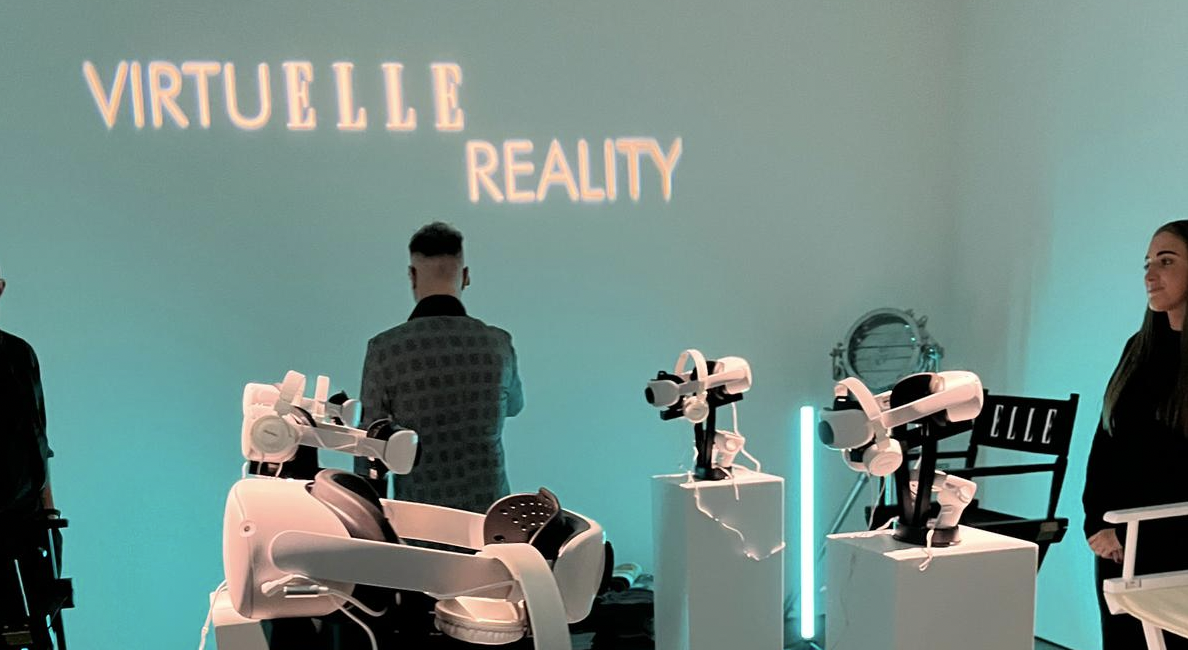
For Bilton, despite the generational shift towards increased digital consumption, paper products remain very much the ‘real deal’.
“I think behind it all, people still think of print as the real thing, whatever their age. They may not be prepared to pay for it, particularly younger audiences, and at a slower frequency rather than buying every single issue. But there’s something about the print experience… and that flips over into the retail experience.”
“What some indie publishers do have are their own shops, that’s something Magazine Heaven has got. And that provides the experience of sitting down with a cup of coffee, browsing, picking something up-putting it back, and then discovering something completely unexpected. That is today’s magazine shopping experience, which in some ways replicates the magazine reading experience.”
In the run-up to DistriPress Congress, Bilton’s company Wessenden Marketing published a comprehensive study into the current state of global supply chains, inclusive of a member survey. Titled ‘Data-Driven Supply in Newspapers & Magazines: Using data to morph from chains into networks’, it provided a unique insight into the way the distribution side of the industry actually functions today, and I was curious to find out more…
“The old days of there being an end-to-end supply chain, i.e. that you have a product up at the front, and you just chug through the different stages down to a retailer, is a thing of the past. It’s been dislocated by subscriptions, which are increasingly important, running alongside retail.”
“But moving things along even further now… the middle men, the distributors, wholesalers in this operation, they understand how the product works, they understand the consumer. So they can drop into different platforms. Some of them are dropping into digital editions and have their own digital newsstands that are consumer facing. Some of them are dropping into geographically defined areas, whether that’s an airport, an airline, train, hotel, etc.”
“So I think the old clear definitions of who does what, and passing along from one link to another, are evaporating. And it’s about people utilising their skills.”
“They were supplying free copies of newspapers and magazines for airport passengers to have a look at… then they started taking in other products, putting those products onto planes, and now they’re even cleaning the planes!”
“I mean one intriguing example we heard in the forum was from Melo Group – wholesalers from Germany who can, and still do, supply free copies of magazines and newspapers for airport passengers to have a look at. From there, they then started taking in other products, started putting those products onto planes, and now they’re even cleaning the planes!”
“They’re using their existing relationships, and the trust they have with those companies, to say ok we’re here, we think we can do this as well… we’ve got a van… why not use us! So rather than saying this is what we do. End of. It’s about utilising these relationships. Sure there will be some dead ends, and areas where you decide it’s not commercially viable, but there is money to be made and finding out where is pretty much down to trial and error.”

Finally, subscriptions! Despite a global slowdown in growth of late, and early signs of a resurgence in the popularity of advertising, subscriptions do remain the talk of the media town. So what’s Jim’s take?
“It’s more stable, one would hope, than advertising. Because advertising goes in cycles, and it’s very easy to shift money in and out. I mean, what has caught the print supplier world by surprise is quite how quickly newspaper and magazine issue sizes have come back, driven by an unexpected boom in advertising.”
“Now of course, strategically, every publisher would say no we want to be reader revenue driven, we want B2C contact, and if advertising revenue does come in well ok that’s extra bunce. But things are not quite as simple as that, even when it comes to digital and the cookieless future. Understanding exactly what the product is, and how the consumer wants to consume it, and using data from different sources to put together the pieces of the jigsaw, is key to delivering the best service.”





